Enhancing Physical Education for Students with Special Educational Needs
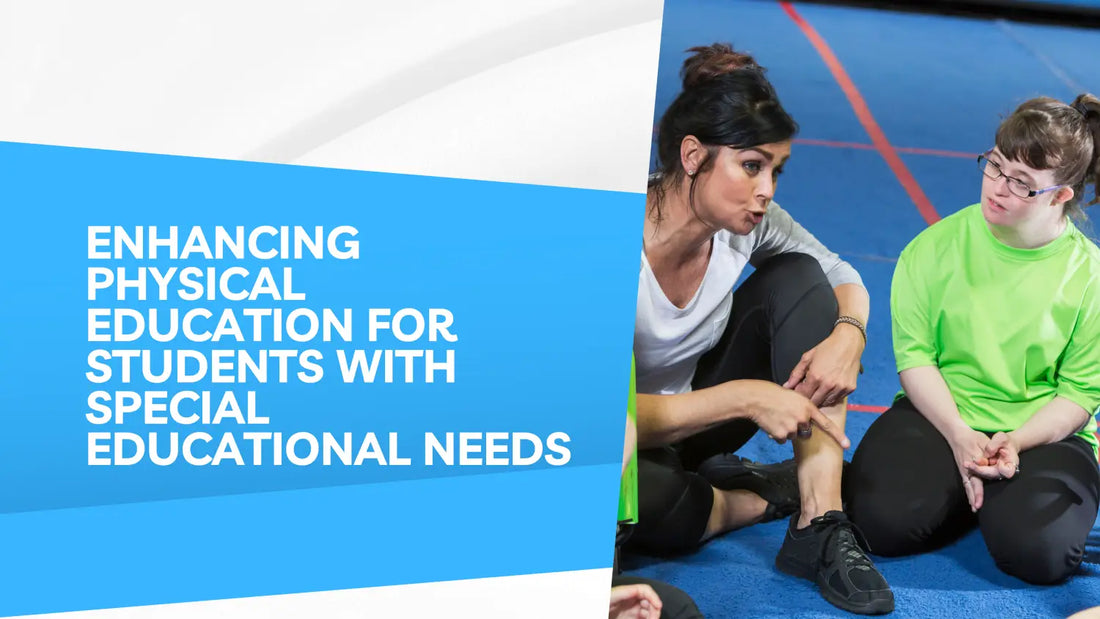
Physical Education (PE) is a crucial part of the school curriculum, promoting physical fitness, teaching students about the importance of health and wellness, and instilling a love for sports and outdoor activities. However, for students with Special Educational Needs (SEN), participating in regular PE lessons can be a challenge. This blog post will discuss how to adapt PE lessons for children with physical disabilities, visual impairments, and Autism Spectrum Disorders. It will highlight the resources and support available from Primary Physical Education Specialist. The post will also share experiences and lessons learned from educators who have successfully adapted their PE lessons for students with special educational needs.
The Importance of Inclusive Physical Education
Inclusive PE is about ensuring that all students, regardless of their abilities or disabilities, can participate in PE lessons and enjoy the benefits of physical activity. This is not only important for their physical health but also for their mental and emotional well-being. Physical activity can help to improve mood, reduce stress and anxiety, and boost self-esteem. It can also help to improve concentration, memory, and learning.
However, for students with SEN, participating in regular PE lessons can be a challenge. They may have difficulties with motor skills, coordination, understanding instructions, or interacting with other students. They may also feel self-conscious or anxious about their abilities. This is where adapted PE comes in.
Adapting PE Lessons for Students with Special Educational Needs
Adapted PE is about modifying the PE curriculum, teaching strategies, and equipment to meet the unique needs of students with disabilities. This can involve making changes to the activities, rules, equipment, or environment to enable all students to participate and succeed.
For example, for students with physical disabilities, this could involve using modified equipment, such as lighter or larger balls, or changing the rules to allow for more time or fewer movements. For students with visual impairments, this could involve using audible or tactile cues, or having a guide or partner to assist them. For students with Autism Spectrum Disorders, this could involve using visual schedules, clear and simple instructions, and structured activities with clear beginnings and ends.
Resources and Support from Primary Physical Education Specialist
Primary Physical Education Specialist offers a range of resources and support for teachers to help them adapt their PE lessons for students with SEN. This includes lesson plans, teaching strategies, and professional development opportunities.
Our lesson plans are designed to be inclusive and adaptable, with clear objectives, step-by-step instructions, and suggestions for modifications and adaptations. They cover a wide range of activities, from traditional sports to dance, gymnastics, and outdoor and adventurous activities.
Our teaching strategies provide practical tips and ideas for teaching PE to students with SEN. This includes strategies for differentiating instruction, managing behavior, and promoting social interaction.
Our professional development opportunities include online courses, workshops, and webinars on inclusive PE, adapted PE, and teaching PE to students with specific disabilities. These provide teachers with the knowledge and skills they need to deliver high-quality, inclusive PE lessons.
Experiences and Lessons Learned
Many educators have found our resources and support invaluable in helping them to adapt their PE lessons for students with SEN. They have shared their experiences and lessons learned, providing insights and inspiration for other teachers.
For example, one teacher shared how she used our lesson plans and teaching strategies to adapt her PE lessons for a student with cerebral palsy. She modified the activities and equipment, used visual cues and demonstrations, and provided plenty of positive reinforcement. As a result, the student was able to participate fully in the lessons, improve his motor skills and fitness, and gain confidence and enjoyment in physical activity.
Another teacher shared how she used our professional development courses to learn about teaching PE to students with Autism Spectrum Disorders. She learned about the characteristics of Autism, the impact on learning and participation in PE, and effective teaching strategies. She then applied this knowledge in her PE lessons, using visual schedules, clear and simple instructions, and structured activities. This helped to reduce the students' anxiety, improve their understanding and participation, and enhance their enjoyment of PE.
Conclusion
Adapting PE lessons for students with Special Educational Needs is not always easy, but with the right resources, support, and mindset, it is possible. It requires understanding the unique needs and abilities of each student, being creative and flexible in modifying the activities and equipment, and being patient and positive in encouraging participation and progress. But the rewards are worth it - seeing all students participating, enjoying, and benefiting from PE, and knowing that you are making a difference in their lives.
At Primary Physical Education Specialist, we are committed to supporting teachers in this important work. We believe that all students, regardless of their abilities or disabilities, should have the opportunity to participate in PE and enjoy the benefits of physical activity. We hope that our resources and support can help to make this a reality in more schools.
No comments



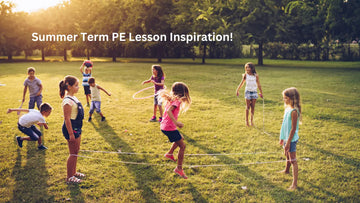
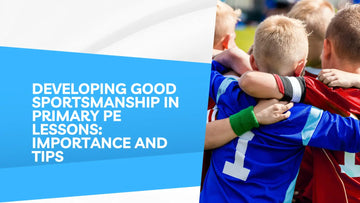
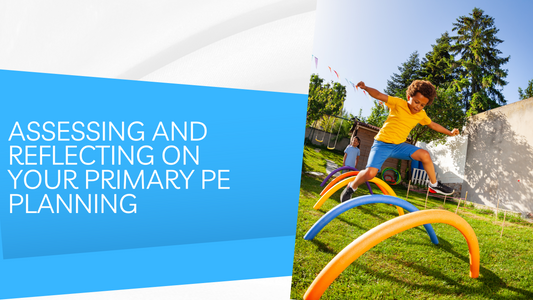
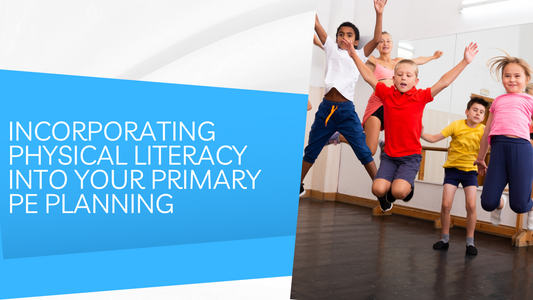
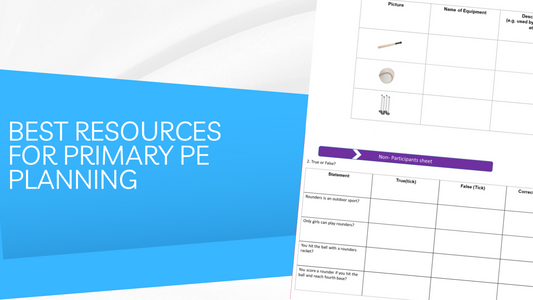
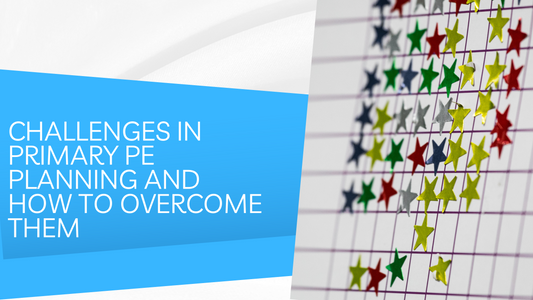
comments